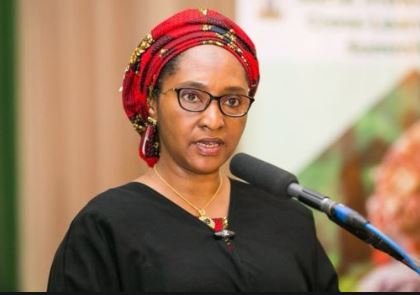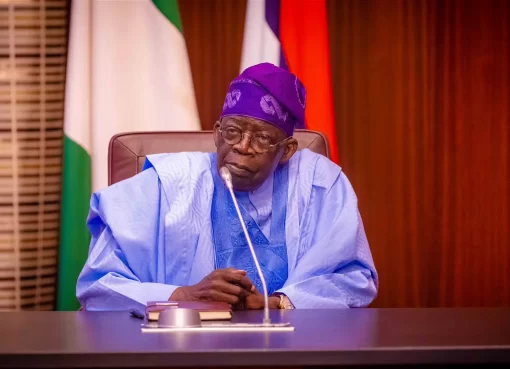The Nigerian government has denied a claim by Godwin Obaseki, governor of Edo State, that N60 billion was printed in March to support allocation to states.
The minister of finance, budget and national planning, Zainab Ahmed, said this while speaking with state house correspondents in Abuja on Wednesday.
The minister said Mr Obaseki’s claim was very sad because it was “untrue”.
“The issue that was raised by the Edo State Governor for me is very, very sad,” Mrs Ahmed argued, “Because it is not a fact.”
Mr Obaseki had lamented the fiscal state of the nation, adding that Nigeria is in financial trouble.
While speaking at the Edo state transition committee stakeholders engagement, he claimed the government printed money to bridge FAAC allocation.
“When we got FAAC for March, the federal government printed additional N50-N60 billion to top-up for us to share,” he had said.
But Mrs Ahmed maintained Wednesday that FAAC allocation was sourced from revenues from different agencies of the federal government.
“What we distribute at FAAC is a revenue that is generated and in fact distribution revenue is a public information. We publish revenue generated by FIRS, the customs and the NNPC and we distribute at FAAC. So, it is not true to say we printed money to distribute at FAAC, it is not true,” she said.
Speaking on the issue of borrowing, the minister said the Nigeria’s debt profile is still within sustainable limit, but the nation needs to improve revenue generation.
“On the issue of the borrowing, the Nigerian debt is still within sustainable limit,” she said.
“What we need to do as I have said several times is to improve our revenue to enhance our capacity to service not only our debt but to service the needs of running government on day to day basis.
“So our debt currently at about 23% to GDP is at a very sustainable level, if you look at all the reports that you see from multilateral institutions.”
Nigeria’s debt position has been a source of worry for analysts and other concerned stakeholders.
Last week, a former governor of the Central Bank of Nigeria (CBN) , Sanusi Lamido, lamented that Nigeria’s external debt to total revenue increased from 8 per cent in 2011 to 400 per cent in 2020,
Mr Sanusi lamented the situation while participating in an online roundtable discussion tagged: “Debt Relief for a Green and Inclusive Recovery in Nigeria”, organised by Heinrich Böll Foundation.
The former CBN governor said Nigeria has a debt services ratio of not more than 90-96 per cent but there are certain other elements of debts that analysts have not paid attention to.
“If you go through the CBN statistical bulletin, in 2011, the total federally collected revenue from all sectors was 18.9 trillion Naira at 165 Naira to the dollar. This will have placed federally collected revenue in 2011 at $55.5 billion.
“Meanwhile, debt at that time was 5 billion so we had an external debt to external revenue of about 8 per cent in 2011. By 2020 we have an external debt of about $33.4 billion but all revenues in 2020 were about $8.3 billion. So it has moved from 8 per cent to 400 per cent between 2011 and 2020.
PREMIUM TIMES






